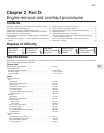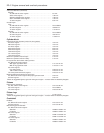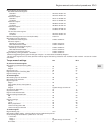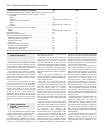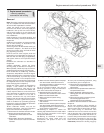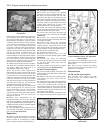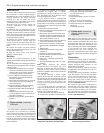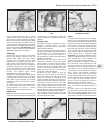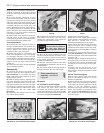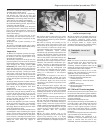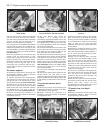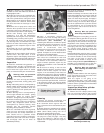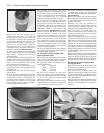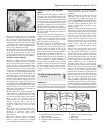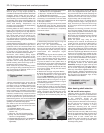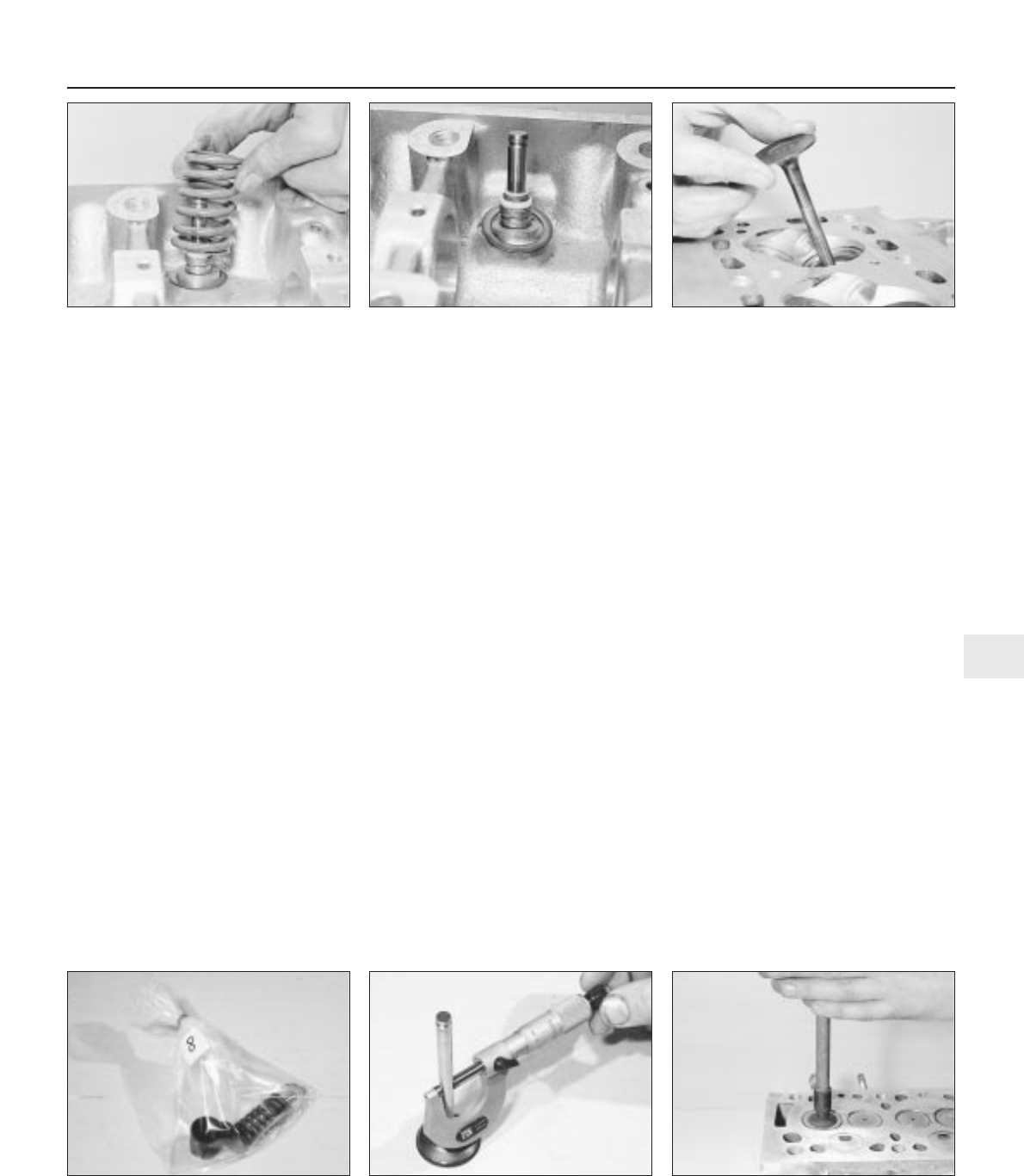
7 It is essential that each valve is stored
together with its collets, retainer, spring, and
spring seat. The valves should also be kept in
their correct sequence, unless they are so badly
worn that they are to be renewed. If they are
going to be kept and used again, place each
valve assembly in a labelled polythene bag or
similar small container (see illustration). Note
that No 1 valve is nearest to the transmission
(flywheel/driveplate) end of the engine.
Cleaning
8 Thoroughly clean all traces of old gasket
material and sealing compound from the
cylinder head upper and lower mating
surfaces. Use a suitable cleaning agent
together with a soft putty knife; do not use a
metal scraper or the faces will be damaged.
9 Remove the carbon from the combustion
chambers and ports, then clean all traces of
oil and other deposits from the cylinder head,
paying particular attention to the bearing
journals, cam follower bores (where
applicable), valve guides and oilways.
10 Wash the head thoroughly with paraffin or
a suitable solvent. Take plenty of time and do
a thorough job. Be sure to clean all oil holes
and galleries very thoroughly, dry the head
completely and coat all machined surfaces
with light oil.
11 Scrape off any heavy carbon deposits that
may have formed on the valves, then use a
power-operated wire brush to remove
deposits from the valve heads and stems.
Inspection
Note: Be sure to perform all the following
inspection procedures before concluding that
the services of an engineering works are
required. Make a list of all items that require
attention.
Cylinder head
12 Inspect the head very carefully for cracks,
evidence of coolant leakage, and other
damage. If cracks are found, a new cylinder
head should be obtained.
13 Use a straight-edge and feeler blade to
check that the cylinder head gasket surface is
not distorted. If it is, it may be possible to
have it machined. Seek the advice of a
Peugeot dealer or engine overhaul specialist if
distortion is suspected.
14 Examine the valve seats in each of the
combustion chambers. If they are severely
pitted, cracked, or burned, they will need to
be renewed or re-cut by an engine overhaul
specialist. If they are only slightly pitted, this
can be removed by grinding-in the valve
heads and seats with fine valve-grinding
compound, as described below.
15 Check the valve guides for wear by
inserting the relevant valve, and checking for
side-to-side motion of the valve. A very small
amount of movement is acceptable. If the
movement seems excessive, remove the valve.
Measure the valve stem diameter (see below),
and renew the valve if it is worn. If the valve
stem is not worn, the wear must be in the valve
guide, and the guide must be renewed. The
renewal of valve guides is best carried out by a
Peugeot dealer or engine overhaul specialist,
who will have the necessary tools available.
16 If renewing the valve guides, the valve
seats should be re-cut or re-ground only after
the guides have been fitted.
Valves
17 Examine the head of each valve for pitting,
burning, cracks, and general wear. Check the
valve stem for scoring and wear ridges. Rotate
the valve, and check for any obvious indication
that it is bent. Look for pits or excessive wear
on the tip of each valve stem. Renew any valve
that shows any such signs of wear or damage.
18 If the valve appears satisfactory at this
stage, measure the valve stem diameter at
several points using a micrometer (see
illustration). Any significant difference in the
readings obtained indicates wear of the valve
stem. Should any of these conditions be
apparent, the valve(s) must be renewed.
19 If the valves are in satisfactory condition,
they should be ground (lapped) into their
respective seats, to ensure a smooth, gas-
tight seal. If the seat is only lightly pitted, or if
it has been re-cut, fine grinding compound
only should be used to produce the required
finish. Coarse valve-grinding compound
should not be used, unless a seat is badly
burned or deeply pitted. If this is the case, the
cylinder head and valves should be inspected
by an expert, to decide whether seat re-
cutting, or even the renewal of the valve or
seat insert (where possible) is required.
20 Valve grinding is carried out as follows.
Place the cylinder head upside-down on a
bench.
21 Smear a trace of (the appropriate grade
of) valve-grinding compound on the seat face,
and press a suction grinding tool onto the
valve head (see illustration). With a semi-
rotary action, grind the valve head to its seat,
Engine removal and overhaul procedures 2D•9
2D
6.4c . . . spring . . . 6.4d . . . spring seat and valve stem oil
seal
6.6 Withdraw the valve through the
combustion chamber
6.7 Place each valve and its associated
components in a labelled polythene bag
6.18 Measuring the valve stem diameter 6.21 Grinding-in a valve



